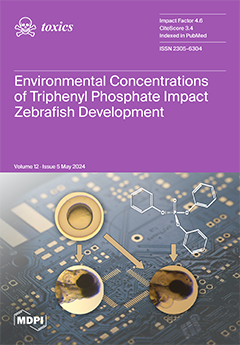The increasing concern over climate change has spurred significant interest in exploring the potential of microalgae for wastewater treatment. Among the various types of industrial wastewaters, high-salinity NH
4+-N wastewater stands out as a common challenge. Investigating microalgae’s resilience to NH
4+-N under high-salinity conditions and their efficacy in NH
4+-N utilization is crucial for advancing industrial wastewater microalgae treatment technologies. This study evaluated the effectiveness of employing nitrogen-efficient microalgae, specifically
Oocystis lacustris, for NH
4+-N removal from saline wastewater. The results revealed
Oocystis lacustris’s tolerance to a Na
2SO
4 concentration of 5 g/L. When the Na
2SO
4 concentration reached 10 g/L, the growth inhibition experienced by
Oocystis lacustris began to decrease on the 6th day of cultivation, with significant alleviation observed by the 7th day. Additionally, the toxic mechanism of saline NH
4+-N wastewater on
Oocystis lacustris was analyzed through various parameters, including chlorophyll-a, soluble protein, oxidative stress indicators, key nitrogen metabolism enzymes, and microscopic observations of algal cells. The results demonstrated that when the
Oocystis lacustris was in the stationary growth phase with an initial density of 2 × 10
7 cells/L, NH
4+-N concentrations of 1, 5, and 10 mg/L achieved almost 100% removal of the microalgae on the 1st, 2nd, and 4th days of treatment, respectively. On the other hand, saline NH
4+-N wastewater minimally impacted photosynthesis, protein synthesis, and antioxidant systems within algal cells. Additionally, NH
4+-N within the cells was assimilated into glutamic acid through glutamate dehydrogenase-mediated pathways besides the conventional pathway involving NH
4+-N conversion into glutamine and assimilation amino acids.
Full article






